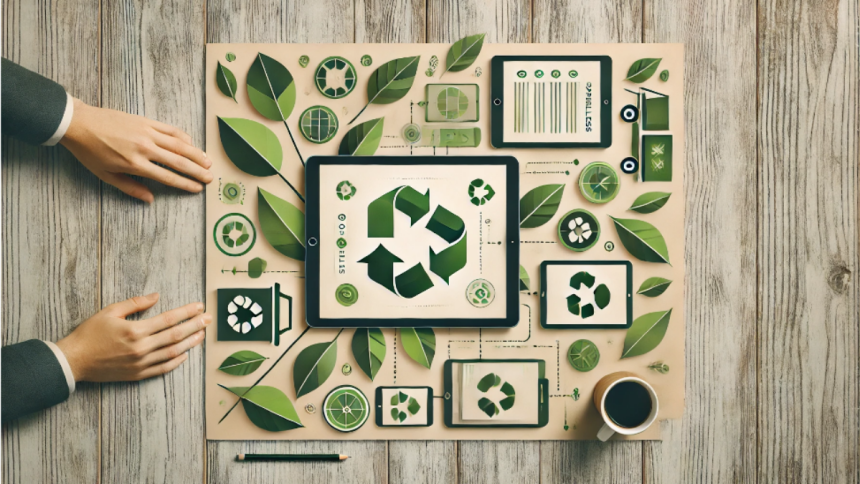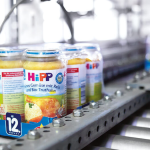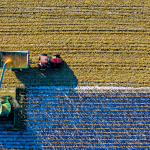In today’s digital age, going paperless is not only environmentally friendly but also incredibly convenient. By reducing paper usage, you can significantly reduce your carbon footprint while streamlining your life. If you’re ready to embrace a sustainable lifestyle, we’ve got you covered. Get ready to say goodbye to stacks of paper and hello to a more sustainable lifestyle. Let’s embark on this paperless journey together. Go on reading to learn how to switch to a paperless office.
Step 1: Digitize your documents and files
The first step in your journey towards a paperless lifestyle is to digitize your documents and files. This process involves scanning and storing important physical documents, such as bills, contracts, and personal records, in a digital format. By doing so, you can eliminate the need for physical storage space and ensure that your documents are easily accessible from any device, anywhere.
To get started, invest in a high-quality scanner or consider using a mobile scanning app on your smartphone. Scan your documents at a high resolution, ensuring that the digital copies are clear and legible. Once scanned, organize your files into a logical folder structure on your computer or in a cloud storage service, such as Google Drive or Dropbox. This will make it easier to locate and retrieve your documents when needed. Read more if you’re interested in games.
Step 2: Use digital communication and collaboration tools
In today’s digital landscape, numerous tools and platforms can help you reduce your reliance on paper-based communication and collaboration. From email and instant messaging to cloud-based document sharing and project management software, these digital solutions can streamline your workflows and minimize the need for physical documents.
One of the most effective ways to go paperless is to embrace digital communication methods, such as email and instant messaging. By sending and receiving documents electronically, you can avoid the need for printing, mailing, and storing physical copies. Additionally, many email and messaging platforms offer features like read receipts, file attachments, and version control, making it easier to track and manage your communications.
For collaborative work, consider using cloud-based tools that allow multiple users to access, edit, and share documents in real-time. Services like Google Docs, Microsoft 365, and Dropbox Paper enable teams to collaborate on projects without the need for physical printouts or file exchanges. These platforms also offer features like version history, comments, and simultaneous editing, which can enhance productivity and reduce the risk of version conflicts.
Step 3: Opt for electronic billing and online payments
One of the most significant sources of paper waste in our daily lives is the abundance of physical bills and statements. From utility bills to credit card statements, these paper-based documents often accumulate and contribute to clutter in our homes and offices. To reduce this waste, consider transitioning to electronic billing and online payments.
Many service providers, such as utility companies, banks, and insurance providers, now offer the option to receive bills and statements electronically. By signing up for e-billing, you can access your documents through a secure online portal, eliminating the need for physical mail and the associated paper waste.
Step 4: Reduce paper waste in your daily life
While digitizing your documents and adopting digital communication and payment methods are significant steps towards a paperless lifestyle, there are also many small changes you can make in your daily life to further reduce your paper consumption. By implementing these simple habits, you can contribute to a more sustainable future.
One of the easiest ways to reduce paper waste is to opt for digital alternatives whenever possible. Instead of printing documents, consider reading them on your computer, tablet, or e-reader. When taking notes, use a digital notepad or a note-taking app instead of a physical notebook. If you need to sign a document, explore the use of electronic signatures, which are becoming increasingly accepted and legally binding.
Step 5: Spread the word and inspire others to go paperless
Going paperless is not only a personal journey but also an opportunity to inspire and influence those around you. By sharing your experiences and the benefits of a paperless lifestyle, you can encourage your family, friends, and colleagues to adopt similar sustainable practices.
Start by sharing your paperless journey with your loved ones. Explain the environmental and practical advantages of going paperless, and offer advice on how they can get started. Encourage them to digitize their documents, use digital communication tools, and explore electronic billing and payment options. By leading by example, you can inspire others to make the switch and contribute to a more sustainable future.
Benefits of going paperless and embracing a sustainable lifestyle
The transition to a paperless lifestyle offers a multitude of benefits, both for the individual and the environment. By reducing our reliance on physical paper, we can contribute to the preservation of our natural resources, minimize our carbon footprint, and enjoy a more organized and efficient lifestyle.
One of the primary benefits of going paperless is the positive impact on the environment. The production, transportation, and disposal of paper products require significant energy and resources, contributing to deforestation, greenhouse gas emissions, and waste accumulation. By reducing our paper consumption, we can help conserve forests, reduce our carbon footprint, and divert waste from landfills and oceans. This not only benefits the planet but also ensures a healthier and more sustainable future for generations to come.
Conclusion
Through the 5 easy steps outlined in this article – digitizing your documents, embracing digital communication and collaboration tools, opting for electronic billing and online payments, reducing paper waste in your daily life, and inspiring others to go paperless – you can embark on a transformative journey towards a sustainable, paper-free way of living.
Lynn Martelli is an editor at Readability. She received her MFA in Creative Writing from Antioch University and has worked as an editor for over 10 years. Lynn has edited a wide variety of books, including fiction, non-fiction, memoirs, and more. In her free time, Lynn enjoys reading, writing, and spending time with her family and friends.















